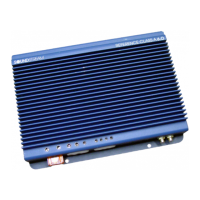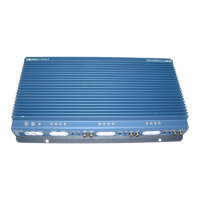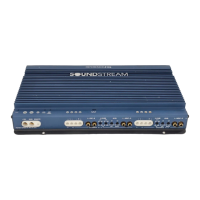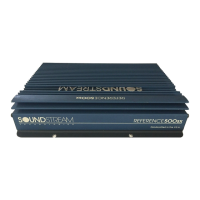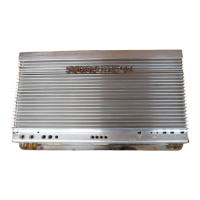q
INSTALLATION STEP 5
t
LEVEL SETTING
The input levels are adjusted by means of the input level controls located on the
front of the amplifier. This is a unique dual-stage circuit that adjusts both level
and gain. This topology maintains better Signal to Noise ratios even when using
sources with minimal output.
In the ideal situation, all components in the audio system reach maximum
undistorted output at the same time. The reason is because an amplifier will
only make what comes into it bigger.
So, if you send it a distorted signal from
the head unit, the amplifier is going to amplify distorted information. The same
thing holds true if an outboard processor or crossover begins to distort before
you have maximum output from the amplifier.
By setting all components to
reach clipping at the same time, you can maximize the output of your system.
For the REFERENCE Class A amplifiers, follow the below procedure for the
quickest, easiest means of setting the levels.
1. Turn the amp’s input levels to minimum position (fully counter-clockwise).
2. Set source unit volume to approximately
314
of full volume.
3. While playing dynamic source material, slowly increase the amplifier’s
input level until a near maximum undistorted level is heard in the system.
NOTE:
Even though the WN ratio
with
low
qutput
sources is better
wifh
the
REFERENCE Class A amplifiers than others, your best combination
of‘output
level and Signal
to
Noise ratio will be achieved when the input
levels
are set
between 500
m V and 2.5
V.
17
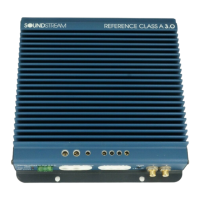
